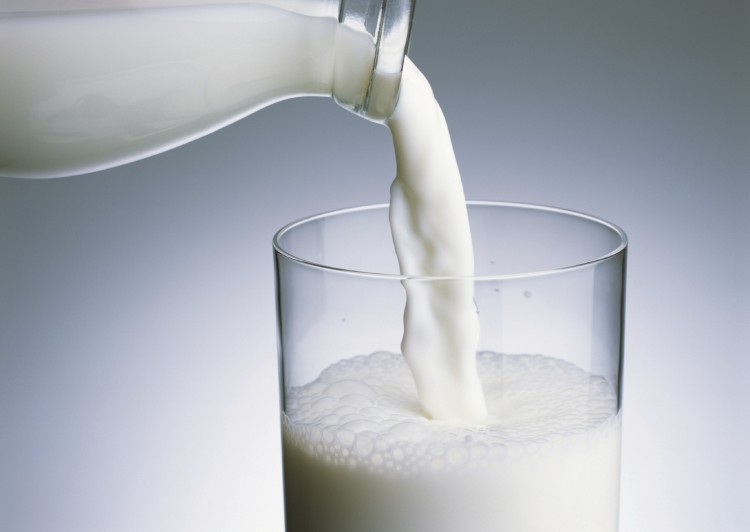'Untargeted' milk adulteration detection method in development – IDF

The cross-company initiative, which is being supported by the International Dairy Federation (IDF), will enable the screening of milk for a range of known adulterants, as well as offering the ability to detect the presence of unknown pollutants.
The adulteration of milk has become a common occurrence in some countries – most notably China and India. It is often done in an effort to increase the financial value of milk by changing its composition.
The cross-company initiative was announced by IDF expert Dr Steve Holroyd at the annual IDF/ISO Analytical Week in Tel Aviv, Israel.
IDF communications specialist Caroline Leroux told FoodQualityNews.com that this new approach will be ideal for all stages of the milk supply chain, including before processing.
Food safety issues
“It is a proactive approach to prevent adulteration of milk and identify further possible adulterants. This will help prevent health and food safety issues for consumers,” said Leroux.
“The goal is to create an FTIR-based tool that can detect economic adulteration of milk supply with a range of known and currently unknown adulterants.”
Fourier Transform Infrared Spectrometry (FTIR)-based methods are widely in-use to analyse liquid dairy products, said Leroux.
These ‘targeted’ approaches provide specific, but are not able to detect new adulterants. Whereas, ‘untargeted’ approaches – including the IDF development - provide no specific information on the nature of the adulteration, just that an adulterant affecting the MIR spectrum is present.
“Traditional FTIR applications are quantitative – they ‘target’ specific compounds such as fat and protein. Based on experiments such calibrations can be constructed for a range of potential adulterants. An additional approach is to create qualitative calibrations to create ‘untargeted models’ capable of detecting an adulterant to a certain concentration.”
Commercial trials
Commercial trials are currently underway, with plans to commercialise the methods if tests are “conclusive,” added Leroux.
Cases of milk adulteration have become commonplace in many developing nations in recent years.
A recent study from the Food Safety and Standards Authority of India (FSSAI) indicated that there was a widespread practice in the country of watering down fresh milk, before adding skimmed milk powder, glucose and fat to disguise the adulteration.
The FSSAI document added that some products had even been found to contain detergent.












